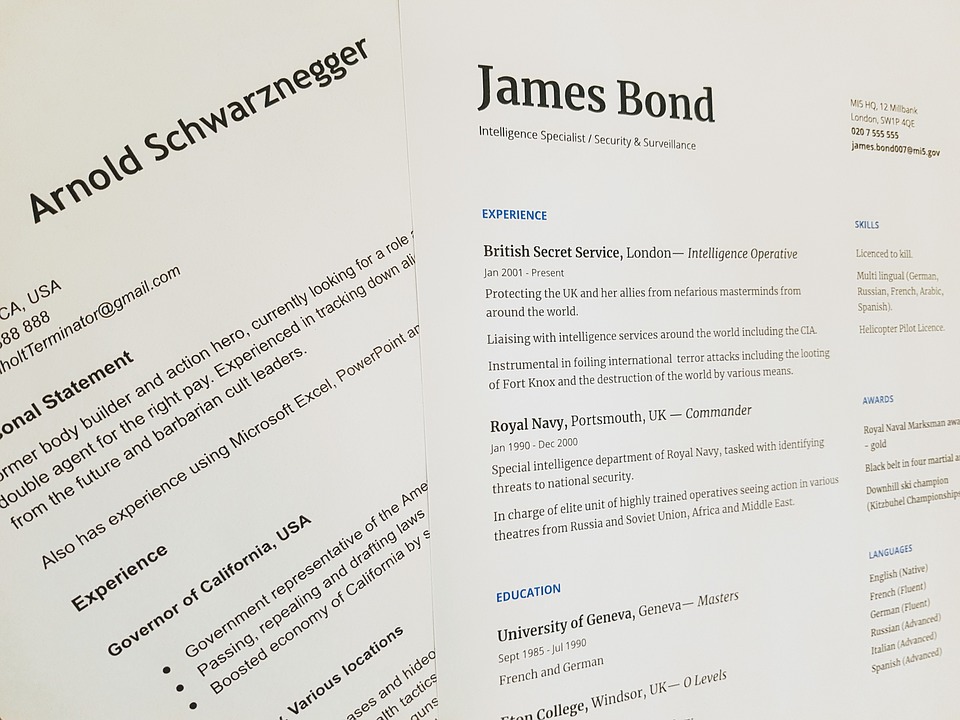Most of us have been a part of the recruitment process in our lives, either as a recruiter or someone getting recruited. And, if you think back to the first step of the entire process – it was probably the job description, wasn’t it?
Now think about the job description (JD) that you put together or which was shared with you, and the actual job profile you ended up managing or undertaking post joining.
Do you see a gap?
While there may be exceptions, most of us do see a gap; because the job description does little to no justice to the actual job. This is mainly because the concept of Job Description came into existence decades back and sadly, hasn’t evolved much yet. This leads one to question as to why is it still around?With changing times, the onset of technology, and the shift in the way we think, work, and live – shouldn’t we be redefining this, too?
Or perhaps we don’t want to mend something that isn’t broken, or at least perceived to be broken. Well, the fact of the matter is that it is broken!
Meanwhile, JD continues to remain one of the most dreaded tools used by HR practitioners and business owners, or anyone who is looking to hire another. While people try their very best to encapsulate what the job profile is in this document, there is still a lot more to the job role that is either assumed during the hiring phase or explored after the position has been filled.
Thus, when looked at in an objective light, the JD is but a restricted explanation of what tasks the job entails, accordingly to the recruiter. Thus, while struggling to come up with a comprehensive JD, most recruiters either end up doing a shoddy job or just emulate what others have previously written. This lack of competence often leads to many employees complaining about, “Why was this not told to me during the hiring process?”
How Does One Make It Better?
All this got me wondering about the possible solutions to this age old hiring woe. While on my curious crusade, I recently hit the jackpot! While preparing for a workshop focused on leadership training, I utilised a module available as a part of the “LinkedIn Learning Solutions” titled, ‘Hiring and developing your future workforce.’
Amongst the several other topics that the module addressed, there were two that I believe can (and should) be adopted by all recruiters. Those were the concepts of a Work Requirement Document (WDD) and a Statement of Work (SoW).
While a JD emphasizes on what steps / functions / tasks an individual needs to perform as a part of the job role, a WRD outlines the specific goals and/or outcomes of that role. And this is important because it isn’t about what one must do, but what one must accomplish – and, more importantly, what are the ideas and solutions that one can bring to the table to achieve the objective(s)?
The most eloquent argument in the favour of a WRD (albeit unintentional ) was given by none other than the man himself –
“It doesn’t make sense to hire smart people and tell them what to do; we hire smart people so they can tell us what to do”.
– Steve Jobs
Achieving Clarity
A WRD allows the candidate to think of ideas and come up with an action plan to accomplish the objectives. This helps assess the true potential of the candidate unlike the speech that most candidates practice – forcibly aligned to the JD – just to get the job! The LinkedIn module takes this a notch further and suggests that recruiters ask the candidates to also prepare, what they term as, a Statement of Work (SoW).
An SoW is a document that defines a client’s or employer’s challenges and the results they are seeking. By making the candidate go through this step, the recruiters can ensure that there is absolute clarity on what issues and targets the recruiting organisation is looking to resolve and achieve through the role in question.
But be warned, if you are one of those interviewers who love grilling their candidates, you might find this is a tad bit difficult to adopt, because the process also requires you to flip the process of the interview around. In this, it is required of the candidate to ask the interviewer questions first – on the background of the organisation, how things have been/ are, and what are the problems they want to solve. This step is critical for the candidate to acquire sufficient information before preparing their SoW.
Conclusion
Thus, through the application of this revolutionary recruitment process, what you are actually doing, is enabling the candidate to acquire the much-needed clarity on what is required of the role and what it will eventually entail clarity to the candidate. Once you have established this, all the answers and solutions s/he will provide will be relevant and focussed because of the better understanding s/he has of the work needed to be done.
So the next time you are a recruiter going through the hiring process, take a moment and think, if you were to receive a mix of vague and rehearsed answers given by the candidates (that you might not even remember), as opposed to SoWs outlining various candidates’ thought process and solutions that clearly tell you what they can bring to the table – which method would you be likely to go with?
Additionally, the several SoWs thus collected can also become a useful starting point when the time comes to discuss and defining the KRAs, goals, and KPIs for any said role. Consequently, after hiring a candidate though this process, not only is the onus to achieve the objectives in their hands but also they will inherently feel accountable towards it as the plan of action was devised by them and not handed to them.







